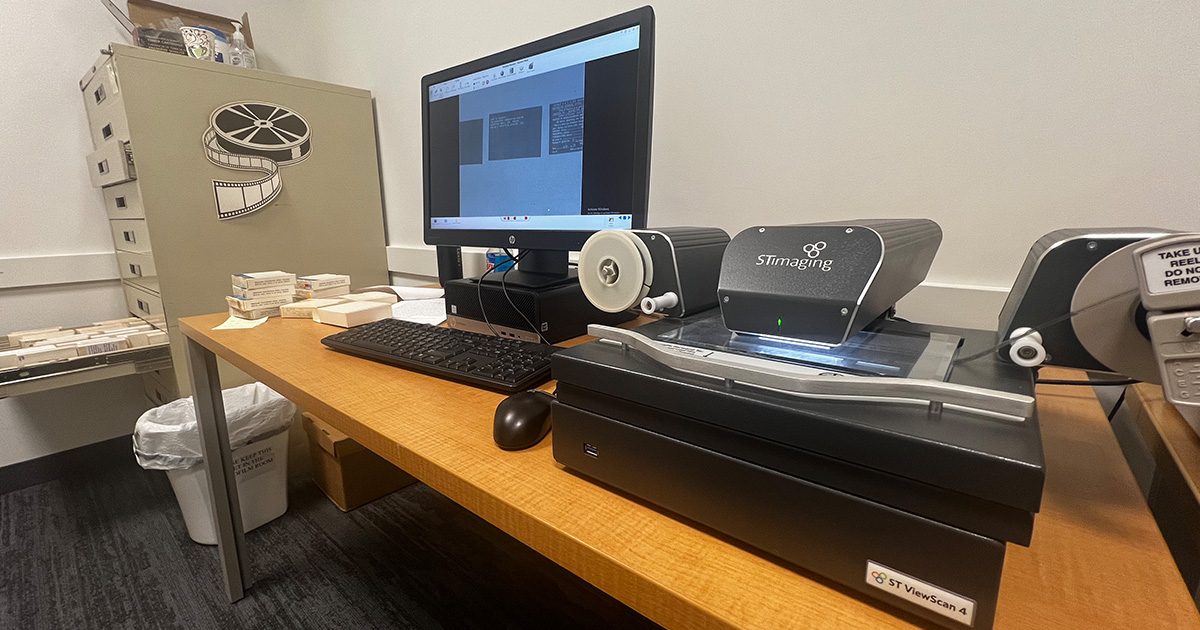BY: KRISTEN DRAKE
Splashed across headlines throughout the country, is where to find situations in which Insurance Archaeology can provide potential pools of funds that may not otherwise exist. From the Biden-Harris Administration finalizing the EPA action designating PFOA and PFAS as hazardous substances under CERCLA (in effect on July 8, 2024) to billion-dollar talc cancer lawsuit settlements to million-dollar sexual abuse lawsuit settlements involving religious and educational institutions. Each of these present-day scenarios highlights the need to locate historical insurance policies for various claims, and the evolving nature of litigation and legislation.
Insurance Archaeology, once considered a niche industry, is now a mainstream construct and an integral part of legal strategies on both sides of the aisle. As societal awareness and legal frameworks evolve, it’s likely that the demand for such services will only continue to increase.
WHAT IS ‘INSURANCE ARCHAEOLOGY’?
Merriam-Webster would approve, as we begin with definitions. A practitioner for nearly a decade, I often define Insurance Archaeology as “the process of locating and retrieving proof of the existence, terms, conditions, and limits of lost or destroyed policies.”
If a more contemporary definition is preferred, ChatGPT defines the practice this way:
“Insurance archaeology refers to the process of researching and reconstructing historical insurance policies and coverage details for various purposes. This could include locating old insurance policies to determine liability, coverage, and obligations for environmental cleanup, asbestos claims, product liability, or other legal matters. It often involves delving into archives, records, and historical documents to gather information about past insurance arrangements.”
In short, Insurance Archaeology can be likened to genealogy – with an insurance bent. While PolicyFind’s investigators are proven experts at spotting even a modicum of potentially valuable information within old files and historical documents, those documents, oftentimes, are non-existent.
Insurance Archaeology is frequently suggested by an attorney, insurance broker, or environmental consultant, when all efforts to reconstruct historical insurance programs have failed. Searches that don’t involve Insurance Archaeologists typically arrive at dead-ends because 50- or 60-year-old business records were purged long ago.
WHAT DOES INSURANCE ARCHAEOLOGY ENTAIL?
Broadly, once armed with pertinent details about the historical operations of a business entity or institution, an Insurance Archaeologist will define and deploy a detailed and linear investigative strategy. The investigation typically takes 60-90 days to complete and may include boots on the ground research, interviews with stakeholders and key personnel, and research within public and private repositories. The aim in each investigation is the same: to locate potentially applicable policies by identifying and conducting a pain-staking review of priority sources of information. Generally, insurance archaeology strategies vary, as do the claims facing businesses, non-profits, and educational and religious institutions.
COMPONENTS OF THE INSURANCE ARCHAEOLOGY INVESTIGATIONS
While each Insurance Archaeology investigation is unique, there are some common strategies employed within the investigations. These components can be employed either within an insurance archaeology investigation, or employed as standalone options.
- Use of a ‘Specimen Policy Library’. Specimen forms and policies provide additional information needed to determine the terms, conditions, and limits of coverage for policies that are identified by evidence of coverage, such as cancelled checks, ledger entries or certificates of insurance that provide policy numbers. PolicyFind uses a myriad of proprietary sources to find actual policies or significant evidence of coverage. Our extensive specimen policy library contains hundreds of general liability and excess liability insurance policies to ground-truth evidence of coverage and help reconstruct missing portions of policies.
- Insurance Policy Audits. A valuable tool for those who have previously enlisted an Insurance Archaeology firm or for those who have received regulatory closure for prior environmental issues, but now may face additional PFAS-related concerns. This component is also vital when new claims or litigation has been filed alleging wrongdoing during a different policy period than when an Insurance Archaeologist previously investigated. An audit reviews and evaluates which policies may respond and which policy years are missing.
- Corporate History Reconstruction. This is a critical component for companies with a corporate history rife with mergers and acquisitions. Through this process, insurance archaeologists perform a full historical insurance audit to identify with whom historical liability lies. This practice also provides benefit to corporations acquiring ownership of present-day companies that risk acquiring potential liabilities with roots in past practices of the companies they acquire.
- PRP Research and Identification. Potentially Responsible Party (PRP) research comes into play when companies are unfairly singled out for environmental expenditures. More specifically, when regulatory agencies discover soil and groundwater contamination, the most obvious legally liable parties (responsible parties) are commonly the first to receive a demand. The most obvious party may be only one in a history of past owners and operators, waste transporters or generators that may have contributed to the environmental impairment. PRP research levels the playing field to involve all parties historically associated with a contaminated site.
The best way to accurately assess whether insurance archaeology is the right option for you is to speak with an insurance archaeologist who can learn more about your situation and advise you accordingly. PolicyFind’s experienced insurance archaeologists offer a confidential consultation to determine potential paths forward to cost recovery. Contact PolicyFind

